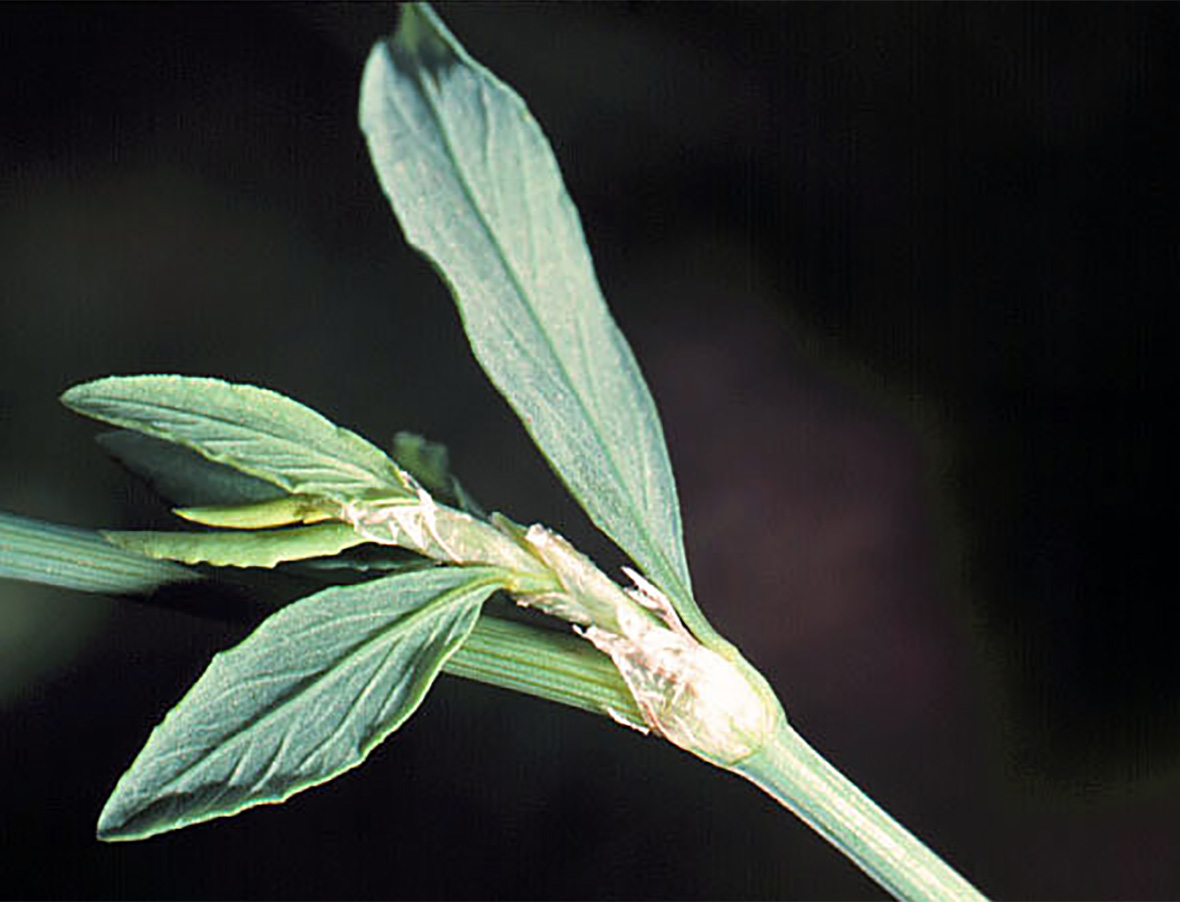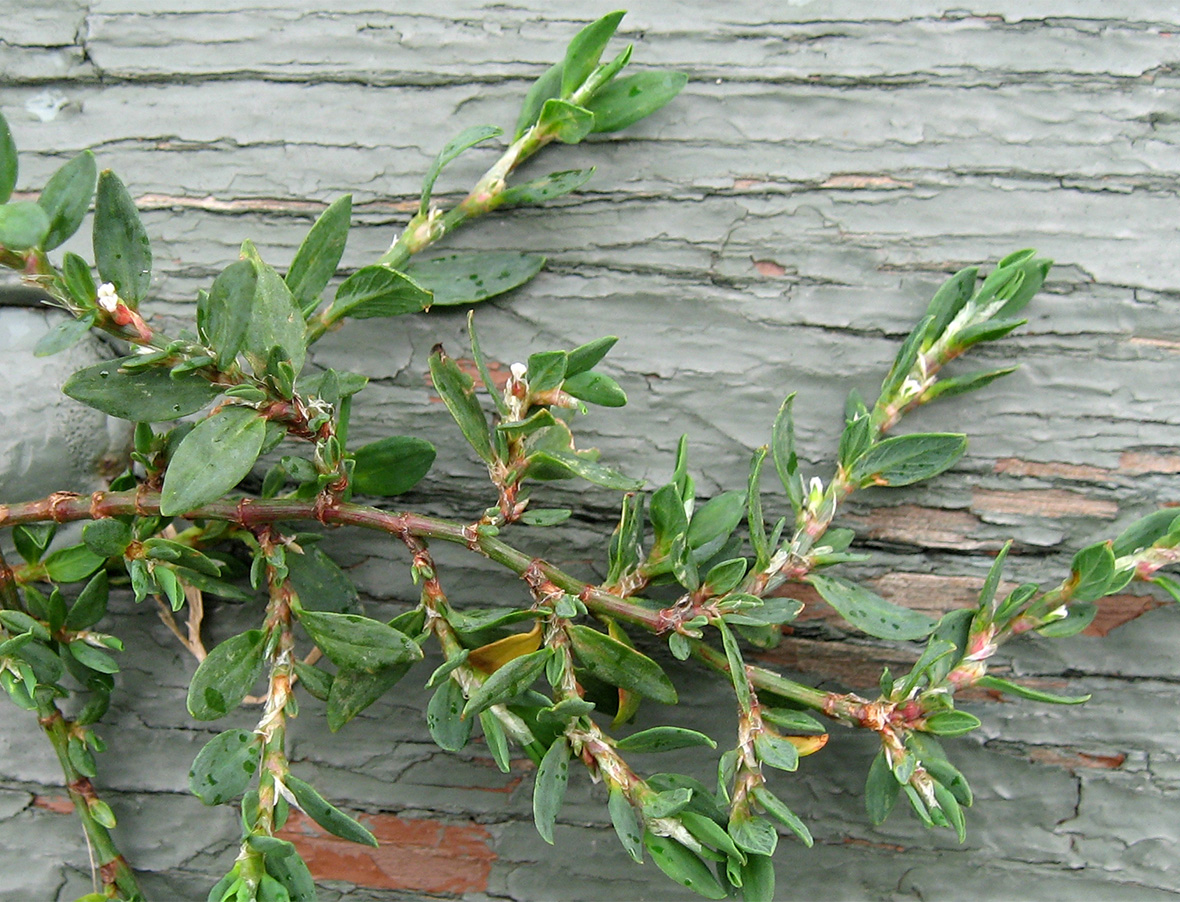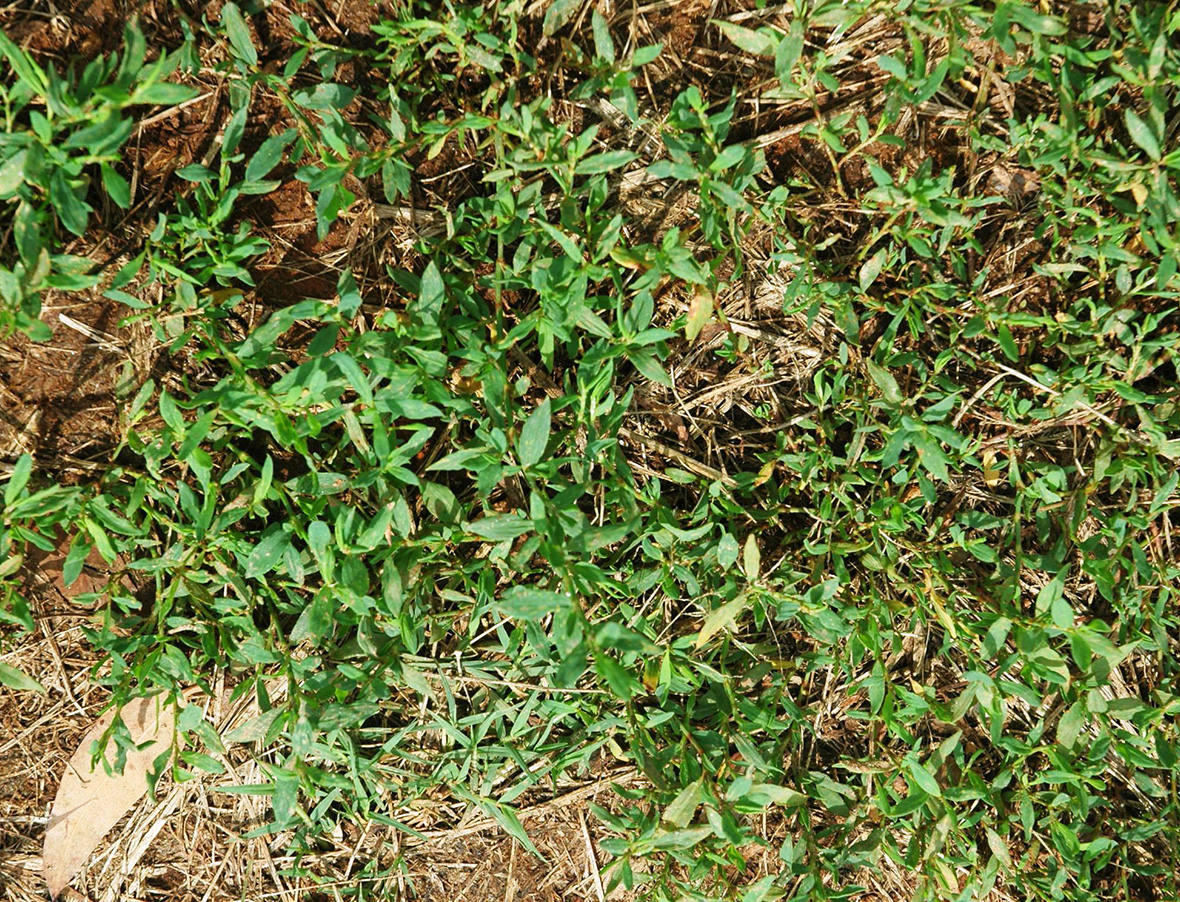Description
Prostrate knotweed is a summer annual, which forms dense patches. Prostrate knotweed is probably the earliest of the summer annuals to germinate in the spring. Prostrate knotweed is often confused with first-leaf crabgrass. Prostrate knotweed is a prostrate weed that produces a thin taproot and multiple branched stems. Even though knotweed does not root down at the nodes of the stems, a single plant can form a dense mass up to three feet across. Prostrate knotweed tolerates extremely compacted soils and is often found in high traffic areas. The leaves appear alternately on the stems, and differ in the color of green depending on the age of the leaf, with older leaves being a less intense green. The stems will be knotty and have a paper like sheath. The flowers of knotweed are small pink to white and form in clusters in the leaf axis. Flowers form in late spring. Knotweed spreads by seed. Prostrate knotweed is found throughout North America.
Weed Photos: Courtesy of Dr. Lambert McCarty. Clemson University. Clemson, SC.
Herbicide Use
Herbicide applications should be timed to catch plants prior to prostrate growth; the best control results will be obtained in the spring when plants are still upright and actively growing, from seedling to flower stage.
Distribution
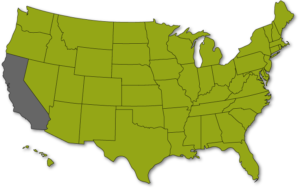
Germination Dates
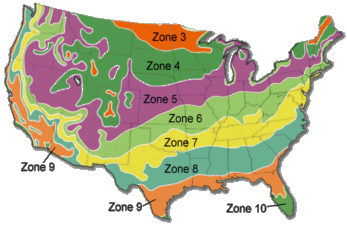
Recommendations
Mecomec® 4 Turf Herbicide
PowerZone® Broadleaf Herbicide
Q4® Plus Turf Herbicide for Grassy & Broadleaf Weeds
SpeedZone® Broadleaf Herbicide for Turf
SpeedZone® Southern Broadleaf Herbicide for Turf
Super Trimec® Broadleaf Herbicide
Surge® Broadleaf Herbicide for Turf
Trimec® 1000 Low Odor Broadleaf Herbicide
Trimec® Bentgrass Formula Broadleaf Herbicide
Trimec® Classic Broadleaf Herbicide
Trimec® Encore® Broadleaf Herbicide
Trimec® Southern Broadleaf Herbicide for Sensitive Southern Grasses
TZone SE Broadleaf Herbicide for Tough Weeds




